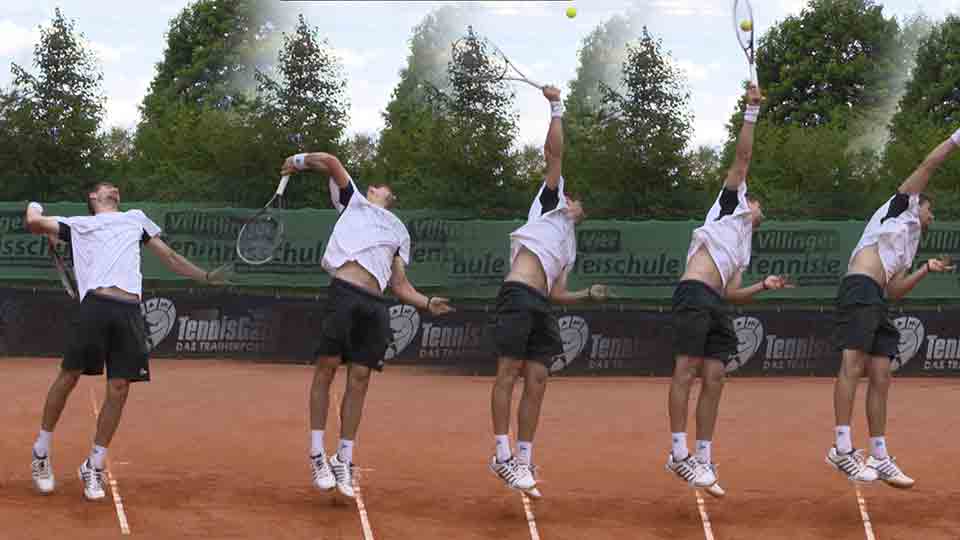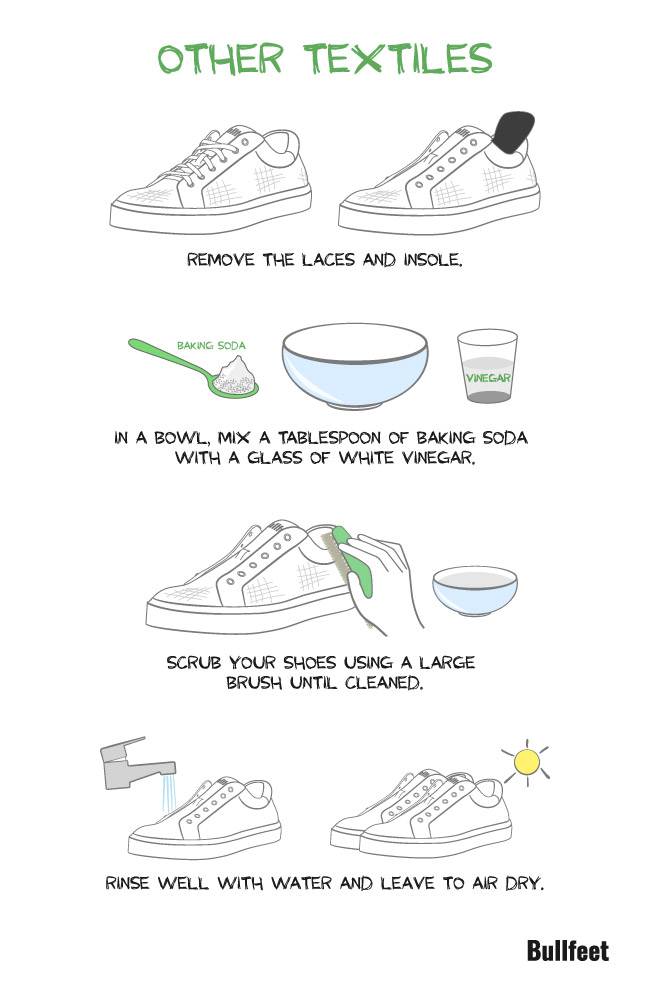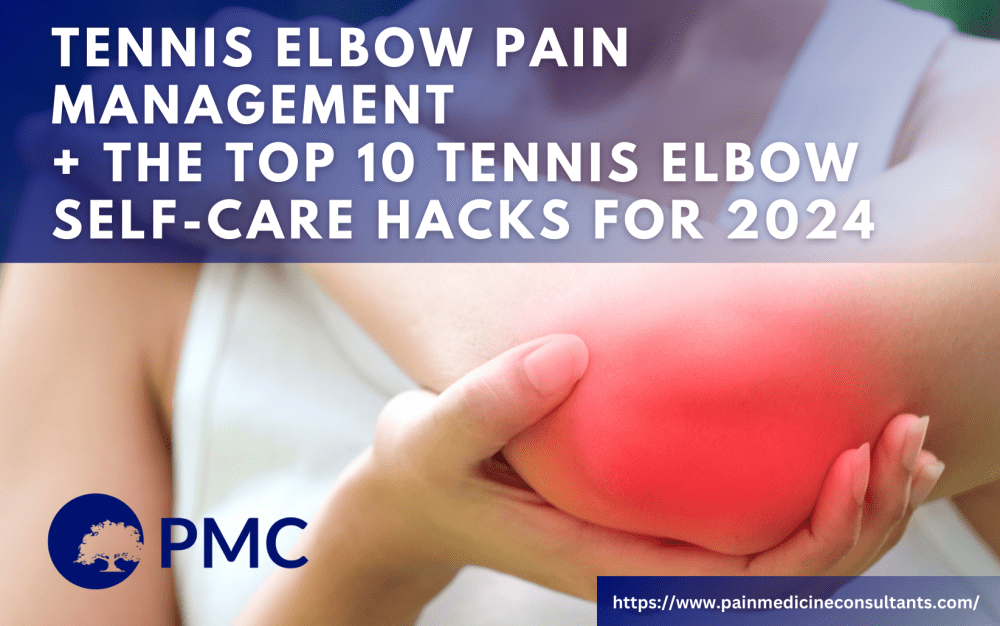Serving in tennis is crucial. It’s the start of every point.
Understanding how to serve effectively can significantly impact your game. Whether you’re a beginner or looking to improve, mastering the serve is essential. In tennis, the serve sets the tone for the game. A strong serve can give you an immediate advantage, while a weak one can put you on the defensive.
Learning the correct technique is important. It involves more than just hitting the ball over the net. You need to consider stance, grip, and motion. This guide will help you understand the basics and offer tips to enhance your serve. By the end, you’ll have a solid foundation to build upon and improve your tennis skills.

Credit: www.feeltennis.net
The Importance Of A Strong Serve
A strong serve is crucial in tennis. It sets the pace of the game. It can win points outright or put the opponent on the defensive. The serve is your first chance to control the rally. Let’s explore why a powerful serve is so important.
Foundation Of The Game
The serve is the foundation of your tennis game. A good serve can dictate play. It forces your opponent to react. A weak serve can give your opponent an advantage. You start every point with a serve. A strong serve can lead to many easy points.
| Strong Serve | Weak Serve |
|---|---|
| Gains control | Loses control |
| Forces errors | Allows attacks |
| Wins points quickly | Engages in longer rallies |
Practicing serves is essential. Focus on technique and consistency. A reliable serve can be your biggest weapon.
Psychological Edge
A strong serve gives you a psychological edge. It can intimidate opponents. They may feel pressured. They may make mistakes. This mental pressure can be as valuable as physical skills.
- Boosts confidence
- Creates doubt in opponent
- Breaks opponent’s rhythm
Confidence in your serve helps your overall game. When you trust your serve, you play more freely. Opponents sense this confidence. They may play more cautiously.
In tennis, mental strength is key. A strong serve helps build this strength. It affects both your game and your opponent’s.
Grip Techniques
Learning how to serve in tennis starts with the right grip technique. The grip you use can greatly influence your serve’s power, control, and spin. Let’s explore the two main grip techniques: Continental Grip and Eastern Grip.
Continental Grip
The Continental Grip is a versatile grip often used for serves, volleys, and slices. To hold this grip, imagine you are shaking hands with the racket. Place the base knuckle of your index finger on the second bevel of the racket handle.
This grip allows for more spin and control. Here’s a step-by-step guide to achieve the Continental Grip:
- Hold your racket as if you are shaking hands with it.
- Place the base knuckle of your index finger on the second bevel.
- Wrap your fingers around the handle, ensuring a firm but relaxed hold.
Using the Continental Grip can help you achieve a more effective serve. It allows you to add spin and control your shots better.
Eastern Grip
The Eastern Grip is another popular grip for serves. This grip is easier for beginners. To hold this grip, place the base knuckle of your index finger on the third bevel of the racket handle. Imagine holding the racket like a hammer.
The Eastern Grip is great for flat serves. Here’s how to achieve it:
- Hold the racket like you would hold a hammer.
- Place the base knuckle of your index finger on the third bevel.
- Wrap your fingers around the handle, keeping a firm yet comfortable hold.
This grip provides more power and control. It’s ideal for players looking to improve their flat serves.
Both grip techniques offer unique advantages. Experiment with each to find which suits your style best.
Stance And Positioning
Learning how to serve in tennis starts with mastering your stance and positioning. Your stance sets the foundation for an effective serve. It impacts your balance, power, and accuracy. There are two primary stances to consider: the Platform Stance and the Pinpoint Stance.
Platform Stance
The Platform Stance is popular among many players. In this stance, your feet remain in place during the serve. Begin by positioning your feet shoulder-width apart. Your front foot points towards the net post. Your back foot is parallel to the baseline. Keep your weight balanced between both feet. This stance provides stability and control. It also helps with consistent ball tosses. Many beginners find this stance easier to learn.
Pinpoint Stance
The Pinpoint Stance is another option. In this stance, you start with your feet apart. As you begin your serve motion, bring your back foot forward. Place it next to your front foot. This creates a narrow base. Some players feel this stance generates more power. It requires good timing and coordination. Practice moving your back foot smoothly. Ensure you maintain balance. Try both stances to see which suits you best.

Credit: www.ocregister.com
Ball Toss
The ball toss in tennis is a critical part of serving. It’s the foundation for a powerful and accurate serve. A good ball toss can make the difference between an ace and a double fault. Let’s explore the key elements of the ball toss.
Height And Placement
The height and placement of your toss are crucial. The ball should reach a height of about 2-3 feet above your extended racquet. This gives you enough time to prepare and make contact at the peak of your swing.
Placement is just as important. The ball should land slightly in front of you. If you’re serving from the deuce court, the ball should be slightly to the right. From the ad court, it should be slightly to the left. This helps you hit the ball with the right angle and power.
Consistency Tips
Consistency in your ball toss can be achieved with practice and focus. Here are some tips:
- Keep your arm straight: A straight arm helps control the toss.
- Use your non-dominant hand: This hand should do the tossing.
- Practice regularly: Spend time each day practicing your toss.
Record your toss to check for consistency. Use slow motion to spot any issues. Aim for the same height and placement every time. This builds muscle memory and improves your serve.
Swing Mechanics
Mastering the swing mechanics in tennis is crucial for a powerful serve. The swing involves two main parts: the backswing and the forward swing, followed by the follow through. Understanding each step can help improve your serve significantly.
Backswing And Forward Swing
The backswing sets the stage for a strong serve. Start by turning your shoulders and hips. This twist stores energy. Hold the racket loosely to avoid tension. Bring the racket down and back, creating a loop. Keep your eyes on the ball to maintain focus.
The forward swing transfers the stored energy to the ball. Begin by driving your hips forward. Let your shoulders and arms follow. Your racket should move in a smooth arc. Hit the ball at the highest point of your reach. This creates a more effective serve. Aim to strike the ball with the racket face parallel to the net.
Follow Through
The follow through is the final part of the serve. It helps control the ball’s direction and speed. After hitting the ball, let your racket continue its motion. Your arm should finish across your body. This ensures a complete energy transfer. Keep your body balanced to prepare for the next shot. Practice this motion to make it second nature.
Good follow through prevents injuries. It also adds consistency to your serve. Remember, a smooth follow through is just as important as the swing itself.
Topspin And Slice Serves
In tennis, serves are crucial to gaining an advantage. Topspin and Slice Serves are advanced techniques that can elevate your game. These serves can confuse your opponent and open up opportunities for winning points.
Creating Topspin
Topspin serves are effective in creating higher bounces. This makes it harder for your opponent to return the ball. Here’s how you can create topspin:
- Grip: Use a continental or eastern grip.
- Stance: Position yourself sideways to the net.
- Ball Toss: Toss the ball slightly in front and to the right.
- Racket Motion: Brush up the back of the ball. This creates the spin.
Remember to follow through with your motion. This ensures the ball lands in the service box.
Mastering The Slice
Slice serves are great for making the ball curve. This can force your opponent out of position. Here’s a guide to mastering the slice serve:
- Grip: Use a continental grip.
- Stance: Stand with your body slightly turned.
- Ball Toss: Toss the ball slightly to your right and above your head.
- Racket Motion: Hit the ball with a glancing blow. This creates the slicing effect.
A good slice serve skims low over the net. It bounces and curves away from your opponent.
Practice these serves regularly. They can add variety to your game and give you an edge.
Power Vs. Accuracy
Serving in tennis is an art. It requires a blend of power and accuracy. While a powerful serve can intimidate your opponent, an accurate serve can keep them guessing. This blog post will help you understand the balance between power and accuracy and how to improve both.
Finding The Balance
Balancing power and accuracy in your serve is crucial. A serve with too much power may lack control, making it easier for your opponent to return. On the other hand, an overly accurate serve without enough power can be easily countered.
To find the right balance, focus on your stance and grip. Position your feet shoulder-width apart. Hold the racket with a relaxed grip. This ensures both control and the ability to generate power.
Use your legs and core muscles to generate power. Keep your eyes on the ball and aim for your target. Practice different serve speeds and placements to find what works best for you.
Training Drills
Training drills can help you improve your serve’s power and accuracy. Here are some effective drills:
- Target Practice: Place cones or markers in different areas of the service box. Aim to hit these targets with your serve. Start with larger targets and gradually use smaller ones to improve precision.
- Power Serve Drill: Focus on generating maximum power. Use your legs and core to increase speed. Record your serve speed to track improvement.
- Consistency Drill: Serve 10 balls to the same target. Aim for at least 8 out of 10 to hit the target. This improves both accuracy and consistency.
Incorporate these drills into your training routine. Consistent practice will help you develop a powerful and accurate serve.
Mental Preparation
To serve well in tennis, mental preparation is key. It helps you stay calm and focused. This section covers the mental aspects of a good tennis serve. We’ll discuss routines, focus, and handling pressure. Let’s dive in.
Pre-serve Routine
A good pre-serve routine can boost your confidence. It helps set a rhythm. Follow these steps:
- Take a deep breath. This calms your nerves.
- Visualize your serve. Imagine the ball landing exactly where you want it.
- Set your stance. Position your feet and body correctly.
- Dribble the ball. This helps you focus.
- Take another deep breath. Stay relaxed and confident.
Repeating this routine each time makes it second nature. Your body will know what to do.
Staying Focused Under Pressure
Serving under pressure can be tough. But staying focused is crucial. Here are some tips:
- Block out distractions. Focus only on the ball and your target.
- Use positive self-talk. Tell yourself you can do it.
- Stick to your pre-serve routine. It keeps your mind steady.
- Take deep breaths. This keeps you calm.
Remember, every point is a new chance. Stay in the moment and trust your skills.

Credit: www.feeltennis.net
Frequently Asked Questions
What Is The Correct Stance For Serving In Tennis?
The correct stance is to stand sideways with feet shoulder-width apart. Position your front foot at a 45-degree angle to the baseline.
How Do You Toss The Ball For A Tennis Serve?
Hold the ball in your fingertips, not your palm. Toss it straight up, a few inches in front.
What Are The Common Types Of Tennis Serves?
The most common types are the flat serve, topspin serve, slice serve, and kick serve. Each has unique characteristics.
How Important Is Grip In Serving?
Grip is crucial. The continental grip is commonly used for serving. It provides control and power.
Conclusion
Improving your tennis serve takes practice and patience. Follow the steps outlined. Focus on grip, stance, and swing. Small adjustments make a big difference. Consistent practice builds confidence and skill. Watch professional players for inspiration. Keep your eye on the ball.
Stay relaxed and have fun. Your serve will improve over time. Enjoy playing and keep working hard. Remember, every great player started with the basics. Practice regularly and see progress. Happy serving!



